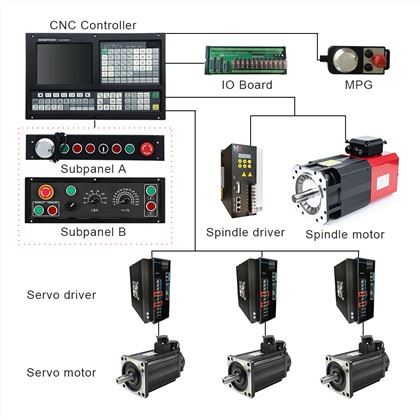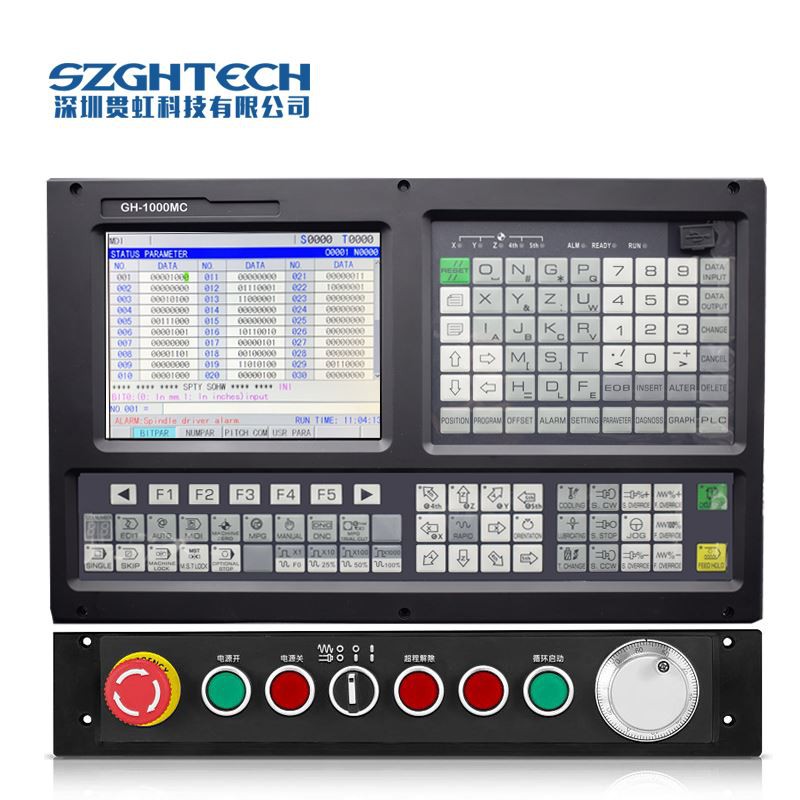
Number of control axes | 3 axes |
Minimum programming | 0.001mm |
| Display | 8.4 inch color screen |
| interface | USB+RS232 Communction Port |
Maximum programming | ± 99999.999mm |
Top speed | 30m / min |
Feed speed | 0.001-15m / min |
Tool offset | Length compensation, nose radius C compensation |
Spindle functions | Gear, dual analog control, rigid tapping |
| Limit function | Software limit, hardware limit |
Pre-reading function | Short line preprocessing 10,000 lines |
| Password protection | Multi-level password protection |
| PLC programming | The user is free to design PLC function |
| Acceleration and deceleration control | Linear acceleration and deceleration, the number of additions and subtractions |
| Function | ATC+PLC and macro function |
| Encoder lines | Any setting |
| User macro program | Yes |
| Menu | English menu |
| Produce time | 5~7 days except for Customized logo or package |
1) 2/3/4/5 Aixs; 8.4inch; English menu;one years warranty;
2) Generally 5~7 days, excluding custom logo
3) 32 bits ARM microprocessor+FPGA Technology
4) Basic I/O:36X36,can be edited freely
5) cutter offset:C
6) Threading Cycle: Following Mode/Interpolate Mode
7) Support Dual analog voltage(0~10V) & C-axis for Spindle servo(M800)
ATC function:Electric Turret/Binary Turret/Servo Turret/Special Turret
PLC functions:
1) Support PLC warning and PLC alarm.
2) Support multiply PLC programming (mostly 20), the current PLC programming can be chosen.
Spindle axis functions:
1) Encoder and spindle’s transmission ratio: (1 ~ 255):(1 ~ 255)
2) Spindle axis constant line speed control
3) Tapping circle, rigid tapping
Application : CNC Lathe & Turning Machinery and specially automatic equipment
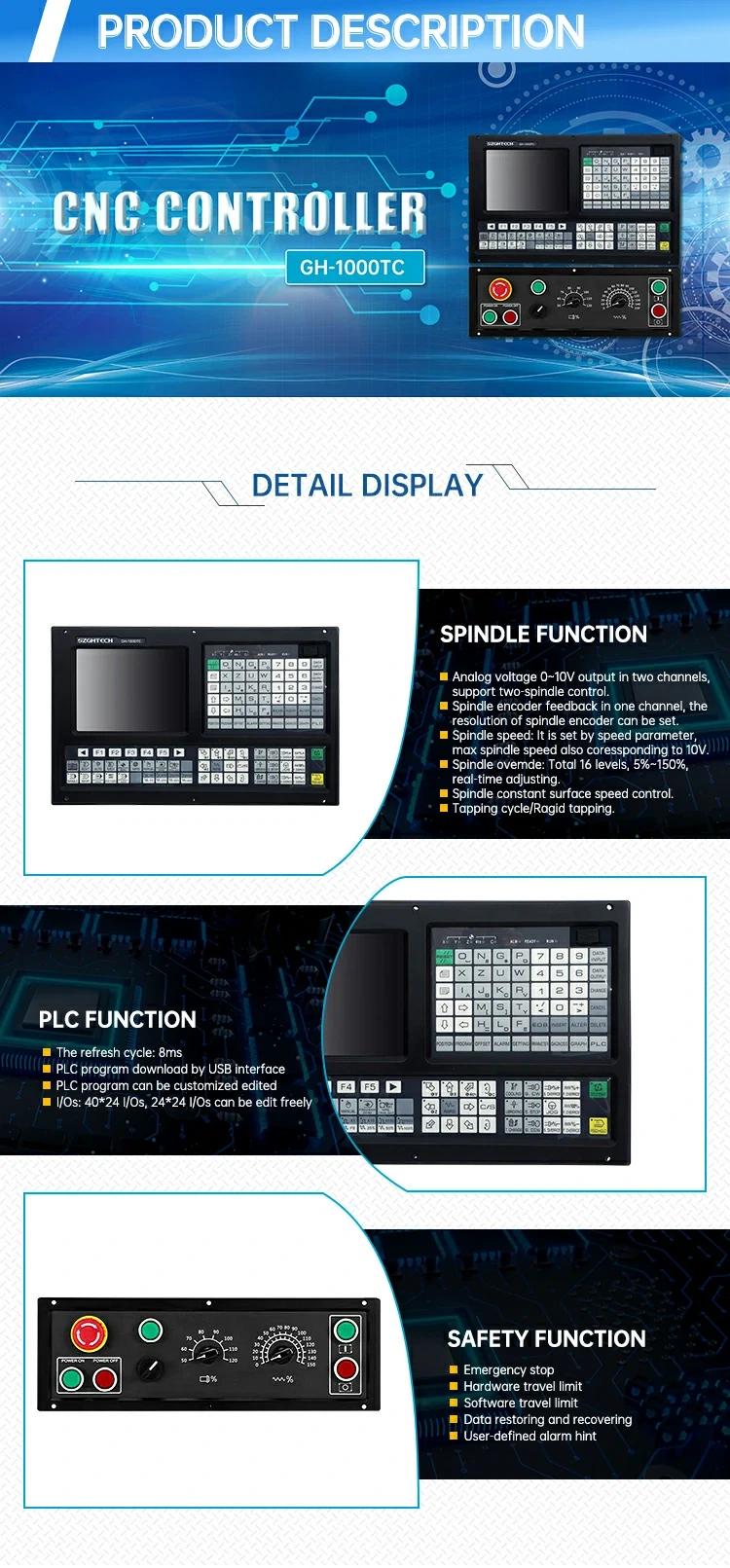
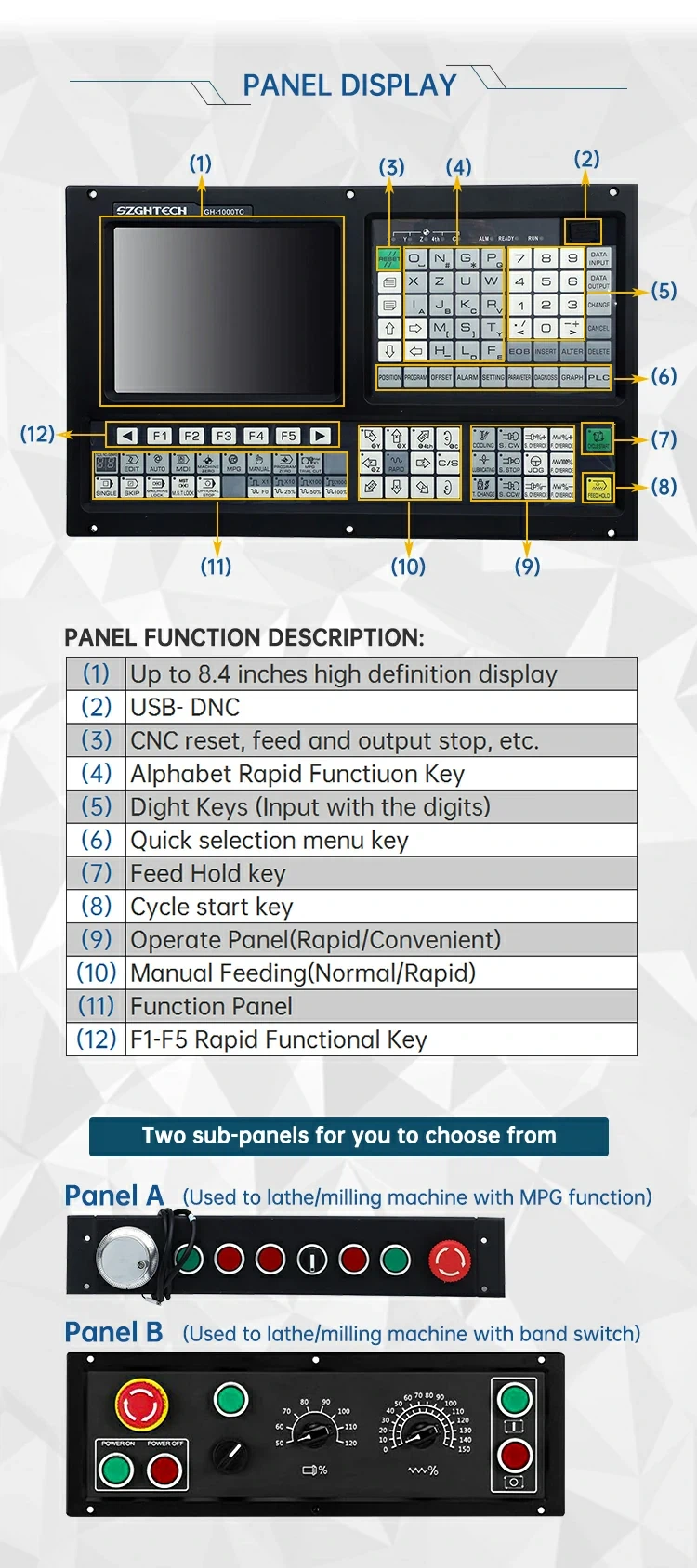
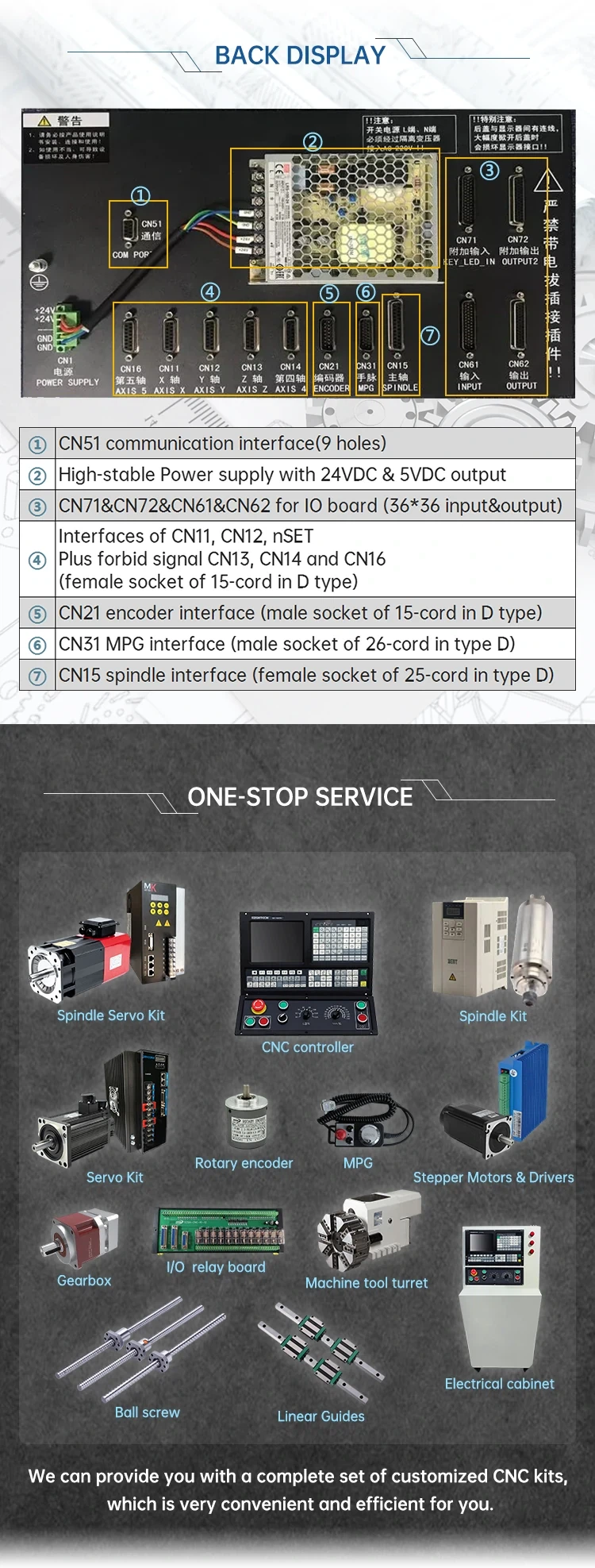
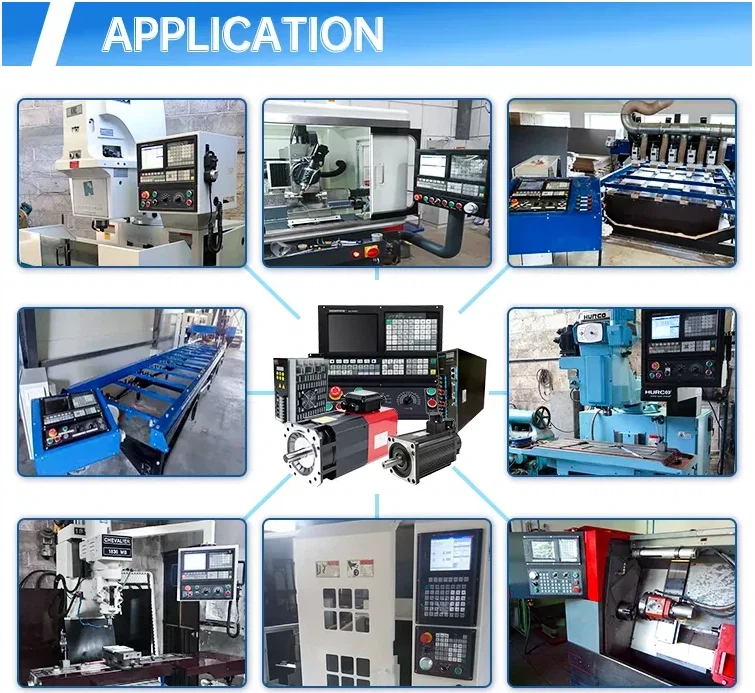
Multiple function:
It can reallize the drilling / boring,roughing of roungroove / rectangle roove, finishing of full circle / rectangle, continous drilling of straight line / rectangle / arc etc.
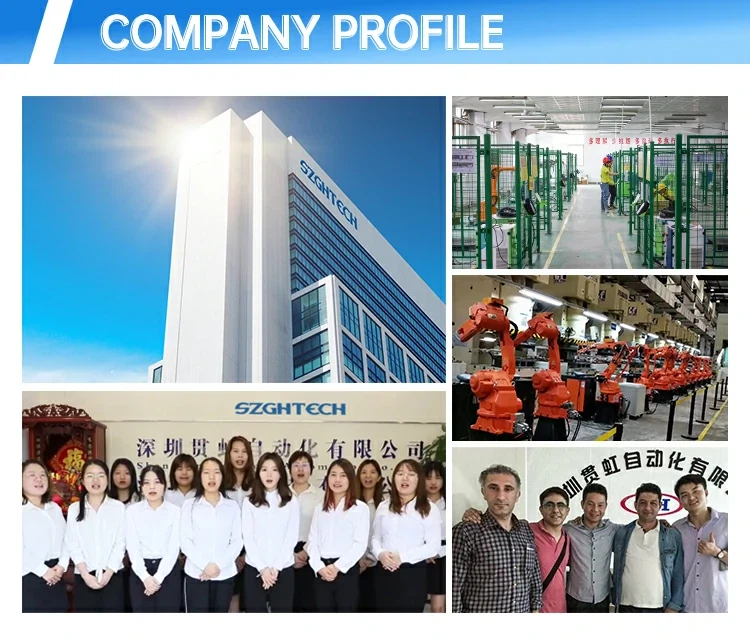
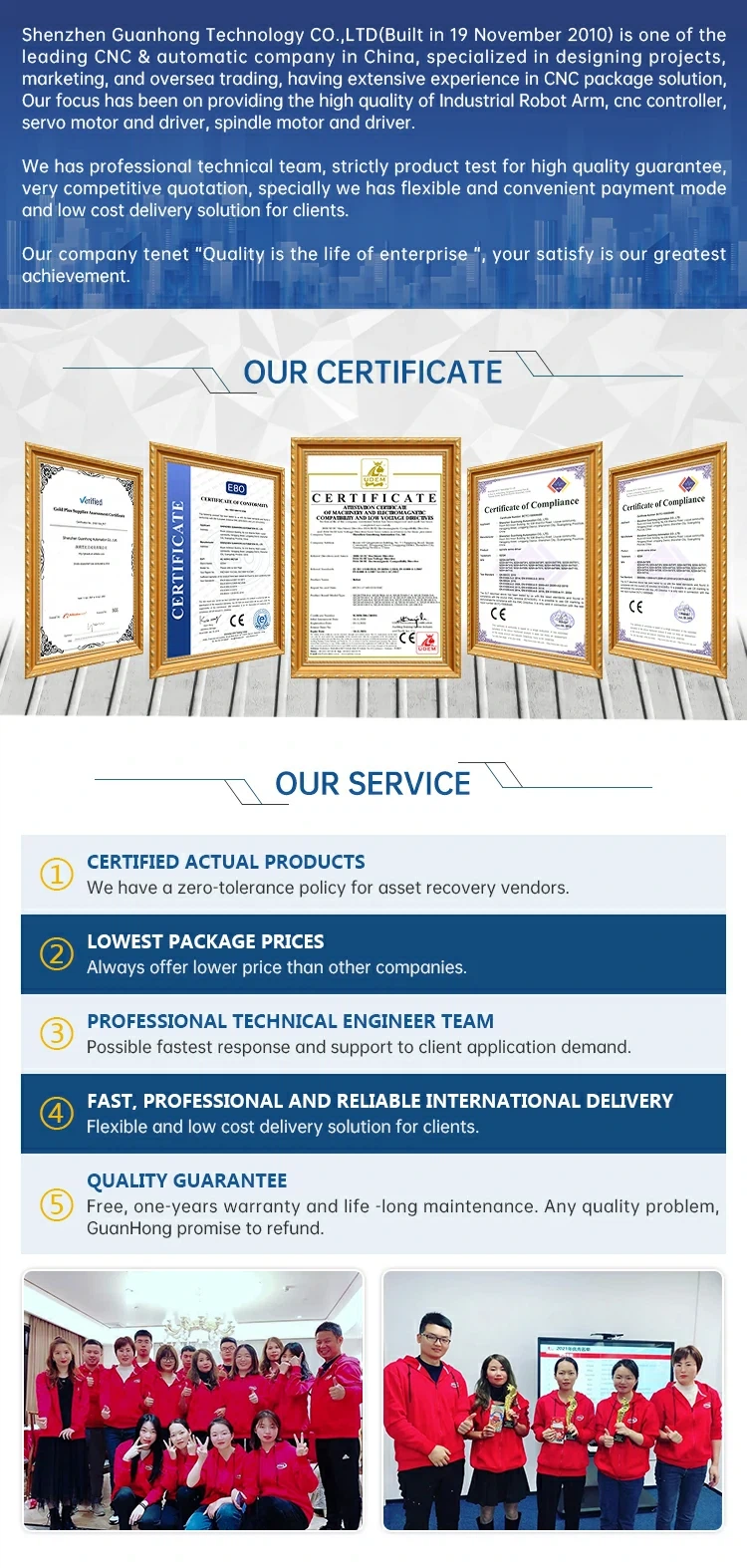
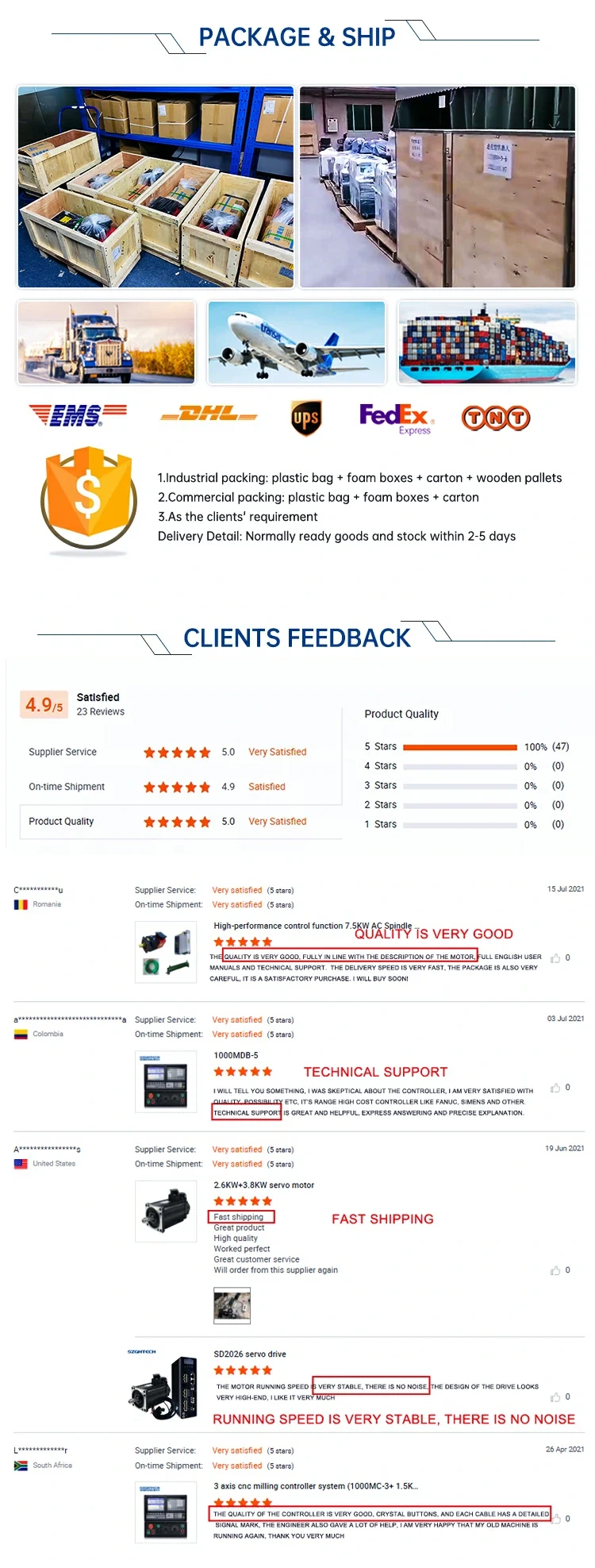
FAQ
Q1. How to solve the quality problem after sales ?
A: Take photos or video of the problems and send to us after we check and confirm the problems , within 24 hours days , we will reply satisfied solution for you.
Q2. How can we guarantee quality?
A: Always a pre-production sample before mass production;
Always final Inspection before shipment;
A: At present, our MOQ is 1 set.
Q4. How about your after-sale service?
A: We provide technical support via online communication.Moreover, if you need, we can also send our technical staff for onsite installation or debugging. Welcom to you visit our company to learn and check the controller.
If you have any other question about our cnc lathe controller kit, pls feel free to contact us as below.Any order requirement, pls do not hesitate, we must do good support to you! come on!


